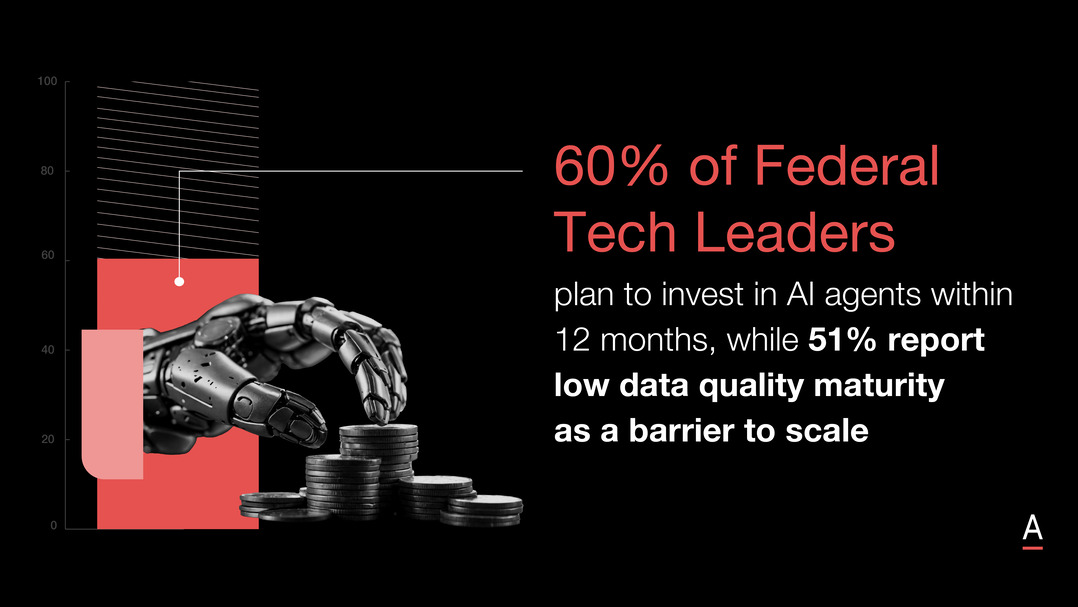AI Transforms Australian Education with Enhanced Security and Privacy
Explore how AI solutions enhance privacy, security, and skills in Australian education, with insights from leading experts and real-world applications.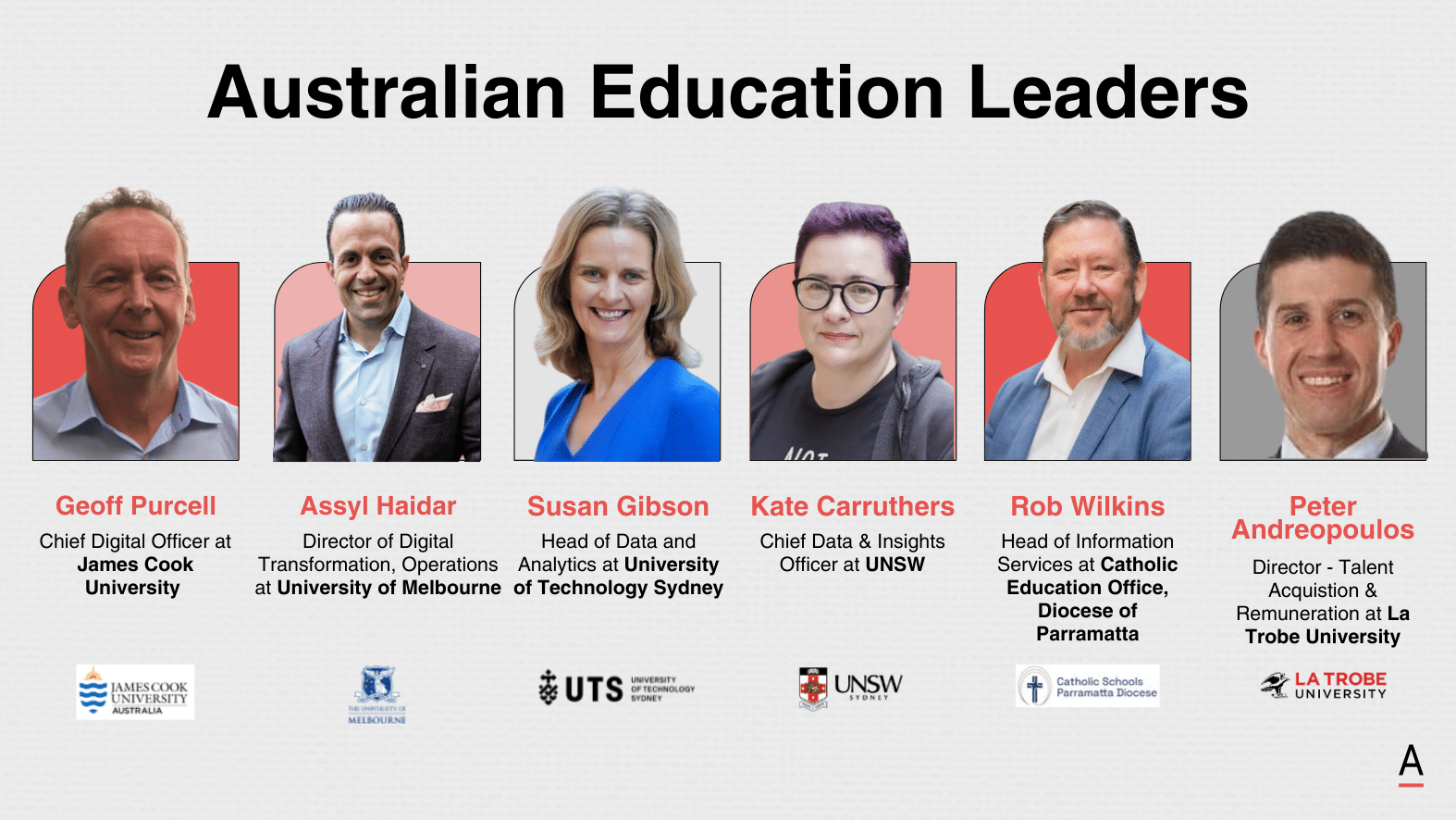
In the Australian education landscape, addressing pressing challenges demands innovative solutions.
These challenges encompass privacy, security, skills development, operational efficiency, and adapting to technological advancements.
ADAPT explores various strategies to tackle these issues, including the integration of Artificial Intelligence (AI) and other initiatives led by experts and institutions.
This analysis aims to provide insight into the contextual framework driving advancements in Australian education.
Let us now explore how these aspects are being addressed by leading experts in the field
1. AI Boosts Security, Privacy, and Skill Development in Australian Education
Delving into leading experts’ actions and insights, we explore how AI is strategically implemented across various facets of the Australian educational system.
- AI Implements Advanced Security and Privacy Measures in Australian Schools
Rob Wilkins and Rowan Dollar exemplify the transformative impact of artificial intelligence on educational systems, particularly in enhancing privacy and security.
His initiative to reintroduce oral exams, supported by modern AI surveillance and proctoring technologies, targets the dual goals of preserving traditional educational methods while integrating robust security measures.

He also details how AI-driven data strategies make up about 90% of his organisation’s work, aiming to optimise educational goals through improved data handling and procurement efficiency.
His implementation of Devices as a Service (DaaS) ensures centralised control and consistent security updates, which are crucial for safeguarding data across extensive areas.
Rowan’s adoption of multi-factor authentication has effectively minimised disruptions, a testament to his leadership’s effective communication and technical preparedness.
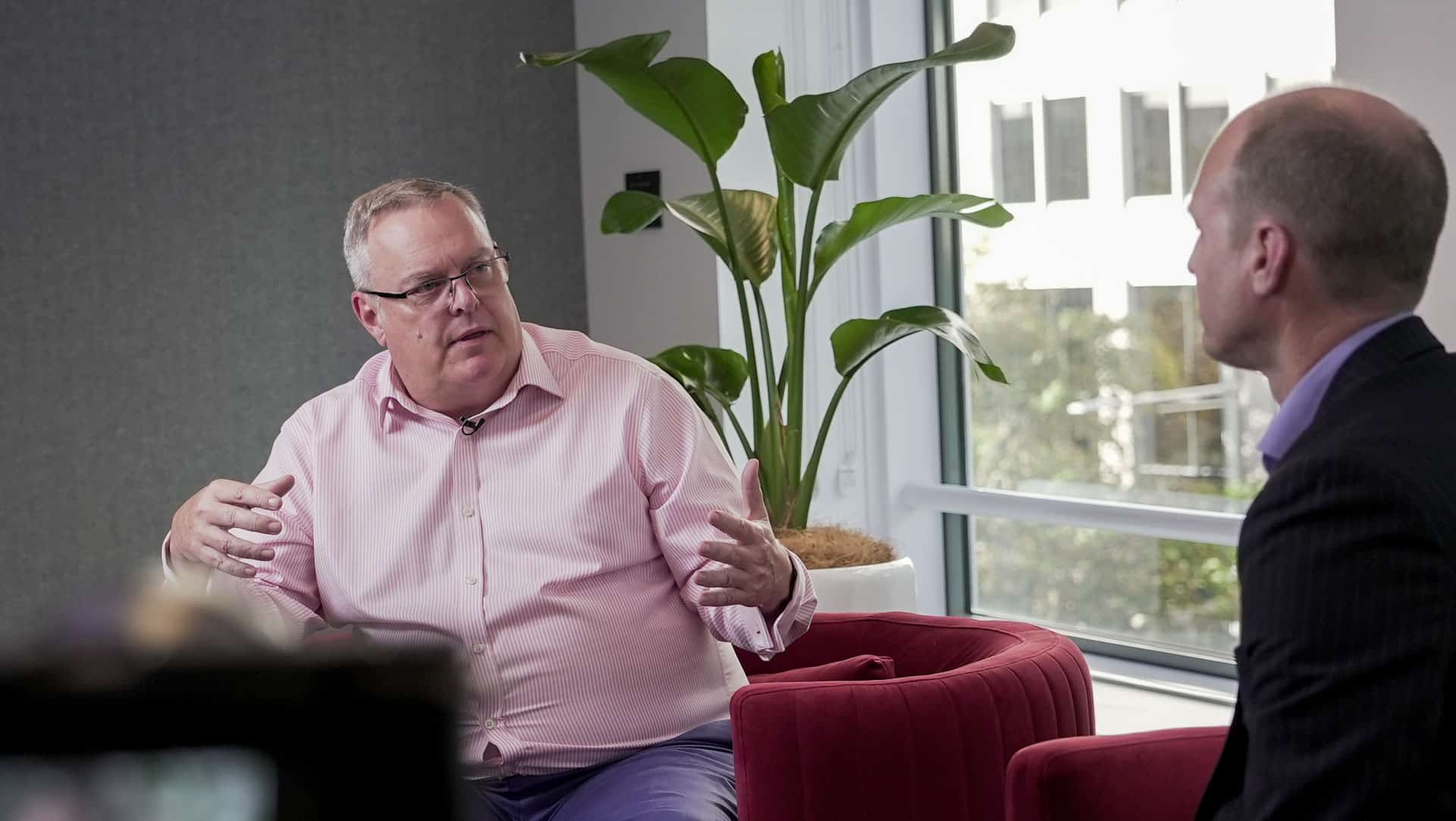
Together, Rob and Rowan’s strategies illustrate how targeted AI applications can enhance both localised and widespread educational environments.
Their efforts present a comprehensive approach to integrating technology, where privacy and security are paramount, reflecting a deep commitment to creating safer, more efficient educational settings through innovative AI solutions.
- Australian Educational Programs Advance Practical Cyber Security Skills Through AI Integration
Damien Manuel, Chairperson of the Board at Australian Information Security Association, criticises the current educational frameworks for relying on theoretical knowledge at the expense of practical skills necessary in cyber security.
He identifies a gap in teaching essential skills like risk management and policy comprehension, which are crucial for cyber security roles.
Damien notes, “A lot of that is not taught at university,” stressing the need for these elements to be integrated into educational programs to better prepare students for real-world challenges.
Damien also champions inclusivity in cyber security education, suggesting that programs should be open to candidates from diverse academic backgrounds.

This approach not only broadens the talent pool but also enhances the analytical capabilities within the cyber security workforce.
He proposes a rating system for cyber security courses to help students choose programs that offer relevant practical experience, aligning educational outcomes with industry demands.
Key Takeaway:
AI integration enhances security, privacy, and practical skills across Australian educational systems, aligning technology with real-world needs.
2. UTS Sets Standard for Ethical AI Use in Education Amidst Global Challenges
UTS is actively integrating AI into its systems, addressing both the potential and the challenges. The university focuses on maintaining ethical standards and enhancing education through technology.
- UTS Enhances Education with Rigorous AI Regulation and Oversight
At the University of Technology Sydney, Edward Santow, Director of Policy, and Governance, critically examines the integration of artificial intelligence (AI) in education, comparing it to the early experimental stages of aviation.
He discusses the need for meticulous oversight to manage inherent risks associated with AI, such as data privacy and content generation.
Edward highlights the Robodebt incident to illustrate the consequences of deploying AI without comprehensive regulatory checks.

This historical example underlines the need for robust evaluation frameworks to assess AI tools for accuracy, reliability, and legal compliance before being widely implemented in educational settings.
He points out that with these safeguards, academic institutions can avoid repeating past mistakes, where AI was rapidly deployed without adequate oversight, leading to adverse outcomes.
Advocating for a balanced approach, Edward suggests that educational institutions implement controlled trials and strategic risk assessments to harness AI’s benefits while minimising potential drawbacks.
This method ensures AI’s ethical use, aligning technological advancements with the overarching goals of education and adherence to strict legal frameworks.
- UTS Enhances Student Learning and Collaboration with Tailored AI Solutions
Continuing his discourse, Edward addresses an audience at ADAPT Data Edge, focusing on the ethical dimensions of AI deployment within the education sector.
He explores the risks associated with algorithmic biases, which can lead to discrimination and undermine the integrity of educational outcomes.
Edward highlighted the need for governance models that include a variety of stakeholders to guide the deployment of AI in educational settings.
By engaging diverse groups early in the project lifecycle, organisations can build AI systems that are not only effective but also equitable and transparent.
This approach helps avoid the pitfalls seen in automated systems that operate without sufficient oversight.

Edward recommended regular audits and manual reviews as essential tools for maintaining the ethical use of AI.
He argued that continuous monitoring and inclusive governance are vital to ensuring that AI applications respect diverse perspectives and needs, thereby fostering trust and enhancing the educational process without introducing biases.
- UTS Enhances Financial Sustainability and Student Engagement with AI-Driven Hybrid Learning
Bryan Kelly, Head of Information Technology Operations, sheds light on UTS’s financial strains due to a decrease in international student enrolments exacerbated by the global pandemic.
In response, UTS transitioned to a hybrid teaching model that blends online and face-to-face learning, leveraging AI to support dynamic educational delivery and student engagement.
Bryan introduced the FinOps model to address the budget constraints.
This financial strategy aligns technology spending with educational outcomes, assessing the cost-effectiveness of technological investments by linking them directly to student numbers, ensuring the sustainability of operations despite reduced funding.
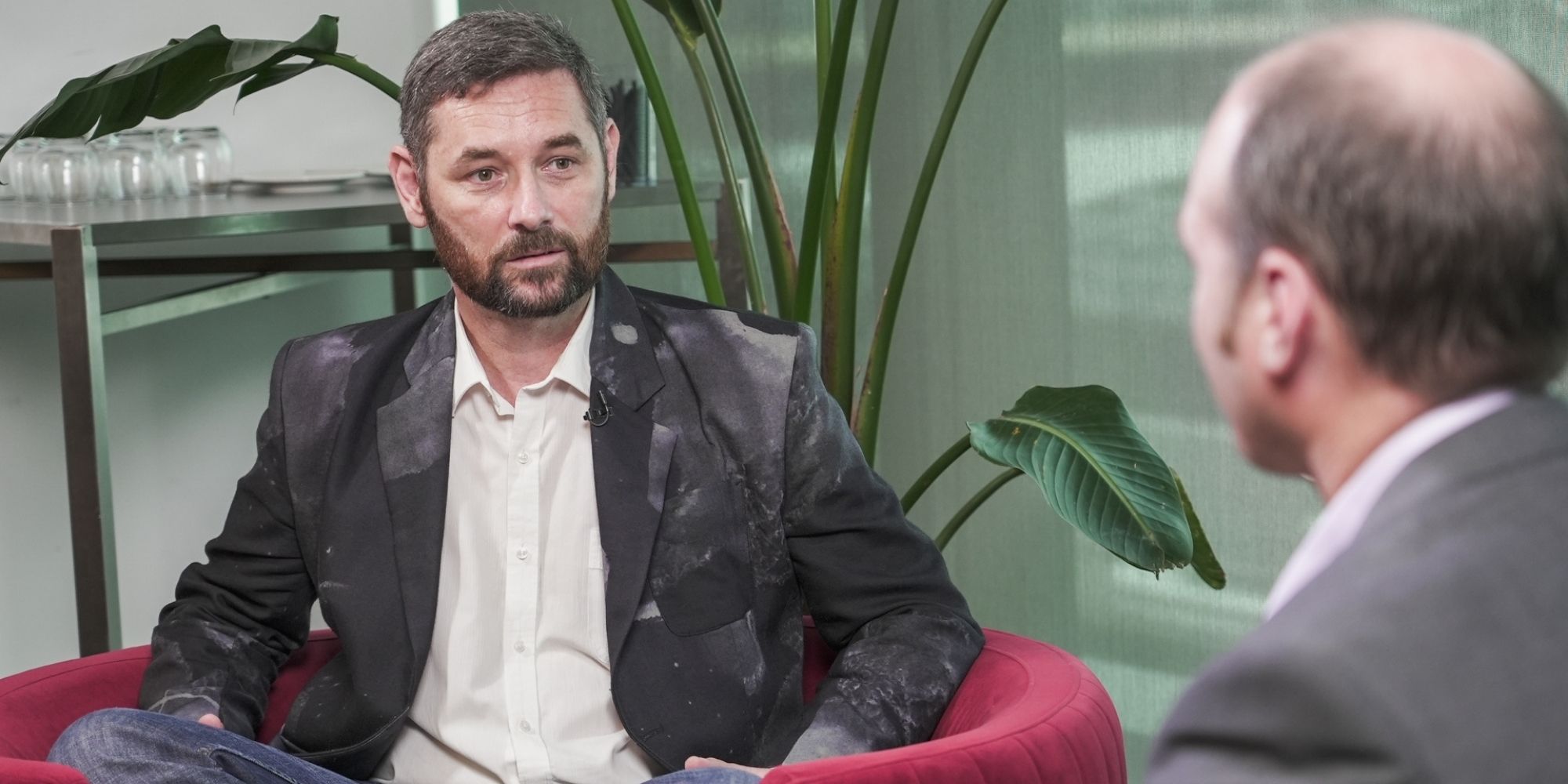
This strategic shift allows UTS to adapt to current educational demands and maintain resilience against ongoing financial pressures, positioning the university to manage resources efficiently while continuing to provide quality education.
- UTS Advances AI-Driven Collaboration and Personalization in Education
Susan Gibson, Head of Data and Analytics at the University of Technology Sydney is steering the integration of AI into their educational framework.
Facing challenges such as a decline in overseas student enrolments, UTS is exploring new revenue opportunities in the digital and data education sectors.
Despite the trend towards virtual learning, Susan focuses on traditional educational methods, ensuring students still benefit from direct campus engagements.
Susan has implemented activity-based working at UTS, optimising resource use and encouraging collaboration across various disciplines.

This strategy aims to create a more dynamic learning environment that adapts to current educational needs without compromising the interaction quality.
It also aims to streamline both academic and administrative operations.
UTS uses AI to tailor its students’ educational paths, aligning academic content with their career aspirations.
Susan’s approach uses technology to effectively support students’ academic journeys while maintaining a holistic educational experience.
This method allows UTS to navigate the complexities of modern education, ensuring it meets evolving student needs and industry demands.
- Overview of AI Implementation Strategies at UTS
This exploration of UTS’s approach to AI integration highlights the university’s commitment to navigating the complexities of modern education through strategic planning, ethical considerations, and innovative practices.
The leaders at UTS exemplify a forward-thinking approach to educational leadership, demonstrating how ethical considerations and strategic planning can be effectively combined to harness the benefits of AI while mitigating its risks.
Key Takeaway: UTS demonstrates exemplary leadership in AI integration, ensuring that its approach is not only compliant with current standards but also anticipatory of future educational needs.
Thus, the university is positioning itself at the forefront of educational innovation and responsible AI deployment.
3. University of Melbourne Boosts Engagement and Learning with AR, VR, and Data-Driven Innovations
The University of Melbourne, under the direction of Assyl Haidar, Digital & Data Director, has embarked on digital enhancements that blend augmented reality with strategic data use to optimise educational delivery and engagement.
Assyl has implemented augmented and virtual reality technologies at the university, launching a virtual tour that enabled prospective students to explore the campus remotely.
This adaptation was particularly crucial when traditional campus visits were impossible.
The virtual tour, introduced during the university’s Open Day, attracted over 26,000 participants, demonstrating the potential of digital tools to maintain engagement despite physical barriers.
At the same time, the university has focused on a data-driven approach within its educational framework.
One major initiative includes quickly realising benefits from digital innovations, ensuring these tools effectively meet user needs.
Additionally, Assyl stresses the need for transparent and ethical data handling, which is crucial when utilising sensitive information.

This commitment to transparency helps sustain community trust and meets rigorous ethical expectations.
Through these diverse initiatives, the university has demonstrated an effective navigation of digital transformation.
This sets the stage for our concluding insights on the broader impacts and future directions in educational technology.
The university addresses immediate and long-term educational challenges by leveraging new technologies for broader access and applying data insights to refine these tools.

This strategic approach supports current operational needs and prepares the institution for future advancements, ensuring that technological integration enhances learning while adhering to ethical standards.
Key Takeaway: The University of Melbourne effectively employs augmented reality and rigorous data management to improve educational accessibility and maintain ambitious standards of trust and ethics.
4. UNSW Boosts Efficiency and Innovation with Integrated Data Governance and AI
During recent discussions at ADAPT events, Kate Carruthers, and Professor Toby Walsh from the University of New South Wales (UNSW) presented integrated approaches to data management and artificial intelligence (AI), showing their practical applications in academia.
Kate Carruthers, Chief Data, and Insights Officer at UNSW, highlighted the foundational role of cyber security and privacy in data management.
She initially outlined how establishing strict data governance policies before implementing any technological solutions was crucial for enabling reliable, data-driven operations across the university’s diverse faculties.
This proactive approach facilitated smoother transitions to remote operations during the COVID-19 pandemic, allowing for uninterrupted academic and administrative activities.

Kate discussed the long-term commitment required to align data governance with the university’s operational goals, using tangible examples like the consolidation of data platforms and the critical engagement of the university’s data governance steering committee to maintain ongoing project alignment and support.
In a parallel session, Professor Toby Walsh countered common fears about AI, focusing on its potential to augment jobs rather than replace them.
He illustrated this with examples of AI automating routine tasks, thus reallocating human efforts towards more complex and creative endeavours.
Toby advocated for necessary adaptations in educational and training programs to prepare for an AI-enhanced future, focusing on roles that require emotional and social intelligence.
He also addressed the ethical concerns surrounding AI, highlighting the need for stringent ethical standards and regulations to prevent misuse, particularly in surveillance and potential weaponisation.

Toby pointed out the dual-use nature of AI technologies, stressing the value of a balanced approach to maximise benefits while minimising risks.
The presentations by Kate and Toby provided a comprehensive view of how UNSW is tackling the challenges of digital transformation by integrating robust data governance with forward-thinking AI applications.
This strategic approach aims to enhance operational efficiency and foster an environment where technological advancements support educational and societal benefits.
Key Takeaway: UNSW leverages data governance and AI to foster innovation while highlighting ethical standards and strategic adaptability.
5. Catholic Education Office Adapts to Pandemic with Data-Driven Strategies and AI for Enhanced Student Support
During the unprecedented challenges posed by the COVID-19 pandemic, the Catholic Education Office, under the guidance of Raju Varanasi, faced a dramatic shift to remote learning.
This shift revealed considerable disparities in adaptability between primary and secondary students, with younger learners particularly struggling.
Raju noted the diverse impacts on students’ learning capabilities and mental health, highlighting increased cases of anxiety and behavioural disturbances as extended remote learning periods persisted.

To manage these multifaceted challenges, Raju led several initiatives to support students and educators. Enhanced digital communication platforms were swiftly deployed, facilitating crucial interactions among schools, parents, and students.
This was part of a broader strategy to ensure continuity and resilience in education by leveraging advanced digital tools that supported remote teaching and engagement.
Also, Raju outlined the need for robust support systems tailored to the school community’s unique needs.
Initiatives included ongoing well-being monitoring through comprehensive surveys and data analysis, which offered insights into the educational community’s emotional responses and coping mechanisms.
This data-driven approach assisted in shaping interventions and support mechanisms designed to mitigate the psychological impacts of the pandemic on students.
In parallel to addressing these immediate needs, Raju led a crucial data transformation project aimed at overcoming the inherent challenges of data silos within the education sector.
He could unify disparate data sources by integrating advanced analytics tools, such as Alteryx and SQL databases, resulting in a sophisticated analytics framework.
This framework generated over 800 visualisations across 200 dashboards, offering actionable insights that informed decision-making processes.

One of the standout achievements under his leadership was using machine learning algorithms to predict HSC results with a remarkable 93% accuracy rate.
This predictive power enabled targeted interventions for at-risk students, enhancing their academic outcomes and providing educators with the tools to offer timely and practical support.
Further consolidating the data-driven approach, the appointment of a data storyteller within the organisation ensured that complex data insights were translated into actionable and comprehensible strategies.
This role proved critical in bridging the gap between data analytics and practical educational strategy, maximising the impact of data to drive improvements across the academic landscape.
Key Takeaway: Raju Varanasi has effectively utilised AI and comprehensive data analytics to address the educational disruptions caused by the pandemic, ensuring continued learning and support for students and educators alike.
6. James Cook University Boosts Operational Efficiency with SAFe Agile and ServiceNow Digital Transformation
James Cook University has launched a strategic overhaul of its digital infrastructure to enhance operational efficiency and modernise its technological landscape.
Chief Digital Officer Geoff Purcell led the adoption of the SAFe Agile methodology to standardise project management practices across the university.
This initiative, involving extensive training for over 127 stakeholders and product owners, is part of a broader strategy to boost internal processes and responsiveness.
Geoff initiated the consolidation of these systems using ServiceNow to tackle the challenge of disparate IT systems across various departments.

This move aims to centralise functions and eliminate redundant CRM and admission systems, including developing and enhancing service catalogues and knowledge bases to support a tiered service model ranging from self-service platforms to escalated support levels.
A vital aspect of this transformation is deploying AI-driven tools such as chatbots and virtual agents.
These innovations are designed to enhance service delivery and efficiency, promoting self-service capabilities, and reducing reliance on direct human support, thus streamlining experiences for both staff and students.
Under Geoff’s leadership, the transformation efforts focus on effectively integrating technological enhancements to support the university’s broader objectives and ensure minimal disruption to its core functions.
Key Takeaway: James Cook University’s strategic digital overhaul aims to enhance operational efficiency and modernise its technological landscape under the leadership of Chief Digital Officer Geoff Purcell.
7. La Trobe University Transforms Education and Administration with AI and Data Integration
At La Trobe University, integrating data and AI into educational and administrative systems, led by Peter Andreopoulos, Director of Talent Acquisition & Remuneration, tackles several challenges and sets clear priorities.
One challenge Peter points out is the “complexity of different systems” within the university, which requires “extensive collaboration between various departments to ensure success.”
This complexity often leads to difficulty synchronising data across platforms, impacting decision-making and operational efficiency.
To address these integration challenges, La Trobe focuses on system unification and data integration projects that streamline processes across payroll, HR (Human Resources) systems, finance, and hiring departments.

This strategic focus is not only on merging data but also on democratising its use to empower decision-makers across the university.
Peter highlights this approach: “Understanding and utilising data to make informed decisions is crucial.”
This is particularly relevant in enhancing the student experience and improving performance metrics post-COVID.
Peter is enthusiastic about fostering closer ties between the university and commercial enterprises.
This collaboration is expected to revitalise the campus environment and promote innovation through entrepreneurship hubs.
Such initiatives are geared towards directly involving students and staff in practical business and research collaborations that reflect real-world industry challenges and opportunities.
By focusing on practical implementations of AI and data analytics, La Trobe University is making strides toward transforming its educational and operational frameworks to meet the needs of its community and stakeholders.
Key Takeaway: La Trobe University’s strategic use of AI and data integration sets new standards for educational and operational excellence.
8. Flinders University Enhances Learning Through Innovative Teaching and Technology Integration
During her discussion with Peter Hind at ADAPT’s Digital Edge event, Kerrie Campbell, CIO at Flinders University, articulated the challenges and transformative strategies in Australian higher education.
She highlighted the financial vulnerability associated with the potential loss of international students, a considerable revenue source for Australian universities.
The shifting preferences in content delivery compound this challenge as students increasingly turn to platforms like YouTube for educational purposes, disrupting traditional lecture-based learning.
Further complicating the educational landscape is the rise of micro-credentialing.
Kerrie pointed out that students are now seeking short, specific courses tailored to immediate skill needs rather than committing to long-term degree programs.
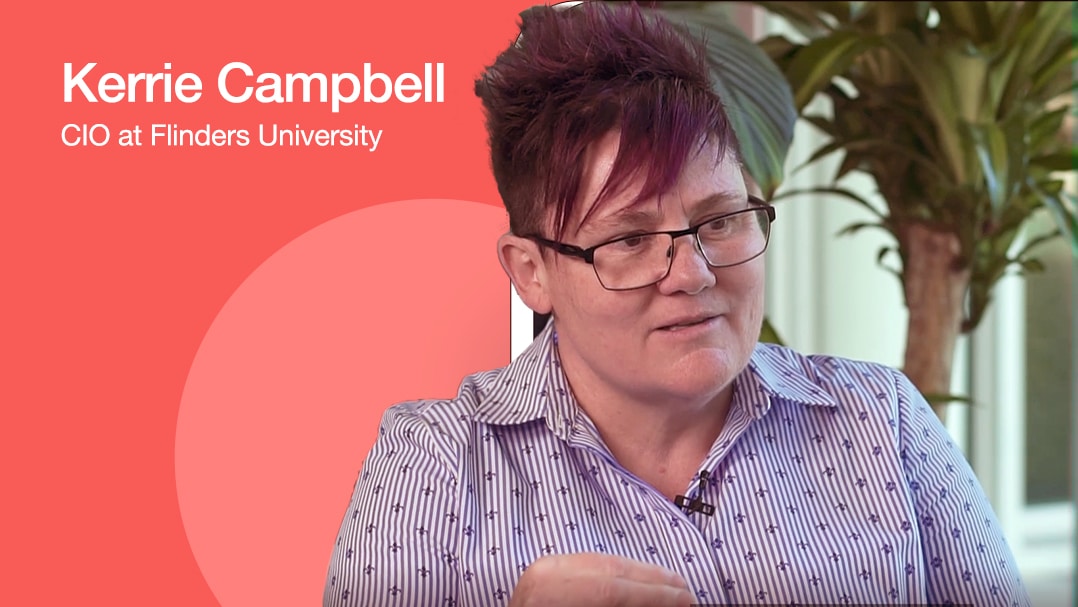
This trend challenges existing curriculum structures and raises questions about the accreditation and value of these new credentials.
Kerrie noted the necessity of a forward-thinking strategic vision in education, specifically the need to anticipate and integrate emerging technologies such as blockchain, despite its current lack of precise applications in the sector.
She stressed the need to teach critical thinking skills from an early age, preparing students to navigate and assess the vast amounts of information available digitally.
This approach shifts educational focus from rote learning to a more engaged, critical content analysis.
At Flinders University, practical solutions include integrating learning approaches that connect students with real-world problems through research collaborations.
This method enhances learning outcomes and prepares students for the complexities of the modern workforce.
Kerrie also highlighted the challenge of influencing a diverse group of stakeholders, from digitally savvy millennial students to more traditional academics resistant to changes in their teaching methods.
Her strategy involves encouraging academic staff to transition from conventional knowledge delivery to a role that fosters interactive and feedback-driven learning environments.
Overall, Kerrie’s conversation with Peter offers insights into the proactive strategies needed to address the dual needs of maintaining day-to-day operations while innovating educational practices in response to technological advancements.
Key Takeaway: Adapting teaching methods and embracing technology is crucial for Australian universities to remain relevant in a rapidly evolving educational landscape.
9. Western Sydney University Enhances Online Learning and Stakeholder Engagement to Navigate Tech Certification Challenges
Michael Burgess, Western Sydney University’s chief student experience officer, spoke at ADAPT’s Digital Edge about the challenges posed by global technology firms like Google and Microsoft, which now offer certifications competing with traditional university degrees.
Michael noted that COVID-19 hastened the shift to online learning and spurred alternative educational models, such as Google’s coding courses, which are marketed as equivalent to four-year degrees.
Michael highlighted the need to adapt to hybrid working methods to maintain operational advantages established during the pandemic.
He pointed out that stakeholder buy-in is crucial and can be achieved by demonstrating the global context of these changes, which stresses the necessity for digital transformation initiatives within the university sector.

In tackling these challenges, Michael stressed the need for agility in decision-making and innovation.
He mentioned that his role involves leading the crisis management team, fostering a culture open to change and quick adaptations.
This approach is vital as it aligns with the shifting demands of the educational landscape and the emerging competitive threats from tech companies.
To further cement these adaptations, Michael advocates learning from other industries to avoid the complacency from internal benchmarking, which often sets the bar too low.
His strategy focuses on proactive stakeholder engagement and robust risk management, aiming to reshape the university’s operations and policies in response to the dynamic global education market.
Key Takeaway: Tech certifications reshape education, prompting universities to innovate or risk obsolescence
10. Harvard Study Shows Pandemic Worsened Global Issues, Boosted Need for Tech Solutions
In his presentation at the ADAPT Digital Edge, Dr. Mark Esposito of Harvard University discusses how the pandemic has exacerbated the fracturing of globalisation.
Mark highlights that the pandemic did not birth many current global challenges but rather amplified by it, serving as an “echo chamber” that has intensified existing issues.
He specifically points out the growing inequality, a subject of discussion for decades, exacerbated by policies that inadvertently widened the socio-economic divide.
Mark also addresses the shifting geopolitical landscape, noting the ambiguity in global leadership roles, particularly between the U.S. and China, and the weakening of international institutions.

This shift, he argues, reflects a broader regionalisation trend affecting trade and mobility that had begun even before the pandemic.
Focusing on the environmental impact, Mark highlights the critical need for climate restoration, which he notes is now contributing $7 trillion (about $22,000 per person in the US) to the global GDP.
This urgent economic injection aims to mitigate the longstanding impacts of climate change—a topic that, as he recounts from conversations with Yuval Noah Harari, was once considered addressable at a much lower economic cost.
According to Mark, technology accelerates progress and creates disruptions.
He cites the digital divide affecting small and medium enterprises, which need help with the feasibility and cost of digital transformation, including integrating AI technologies.
The prohibitive costs of running AI, as seen in his experience co-founding an AI company, remain a barrier for many businesses worldwide.
Regarding demographic shifts, Mark notes that the ageing populations in developed nations contrasted with the rapid growth in countries like Nigeria, which he predicts will see a population increase of approximately 50 million in the next nine years.
This demographic change poses challenges for productivity and geopolitical relevance.
Lastly, Mark touches on the educational sector, stressing the urgent need for reform to address the disconnect between current educational outputs and the evolving skill sets required by 2025, which he estimates will be 35% different from today.
He projects that by 2035, approximately 65% of current jobs will not exist, highlighting the critical role of technology in shaping future employment landscapes.
Key Takeaway: The pandemic has intensified pre-existing global challenges, urging immediate and innovative responses to ensure sustainable development.
Conclusion:
Throughout this exploration, integrating artificial intelligence and advanced data management strategies notably enhances the educational landscape across Australian institutions.
From Rob Wilkins’s focus on safeguarding student privacy with AI to Damien Manuel’s advocacy for practical cyber security skills, the highlighted initiatives demonstrate a proactive shift towards embracing technology to address current and emerging educational challenges.
The efforts of Rowan Dollar in securing extensive educational networks and the comprehensive AI strategies implemented by UTS and the University of Melbourne show the potential of technology to not only optimise educational delivery but also to ensure it aligns with ethical standards and real-world demands.
These examples illustrate a critical balance between advancing technological capabilities and maintaining a focus on privacy, security, and inclusivity.
As Australian education continues to evolve, the role of technology becomes increasingly central, demanding continuous adaptation and thoughtful integration.
The insights presented by the leaders and experts in this article provide:
- A roadmap for other institutions worldwide.
- Highlighting the need for strategic planning.
- Ethical considerations.
- Innovative practices.
In conclusion, integrating AI and data-driven strategies in education is not just about technological enhancement but also about preparing a future-ready education system that is responsive, resilient, and inclusive.
The forward-thinking approaches adopted by Australian educational institutions serve as a beacon for others, pointing the way towards a technologically empowered educational environment that meets the needs of the next generation.

























